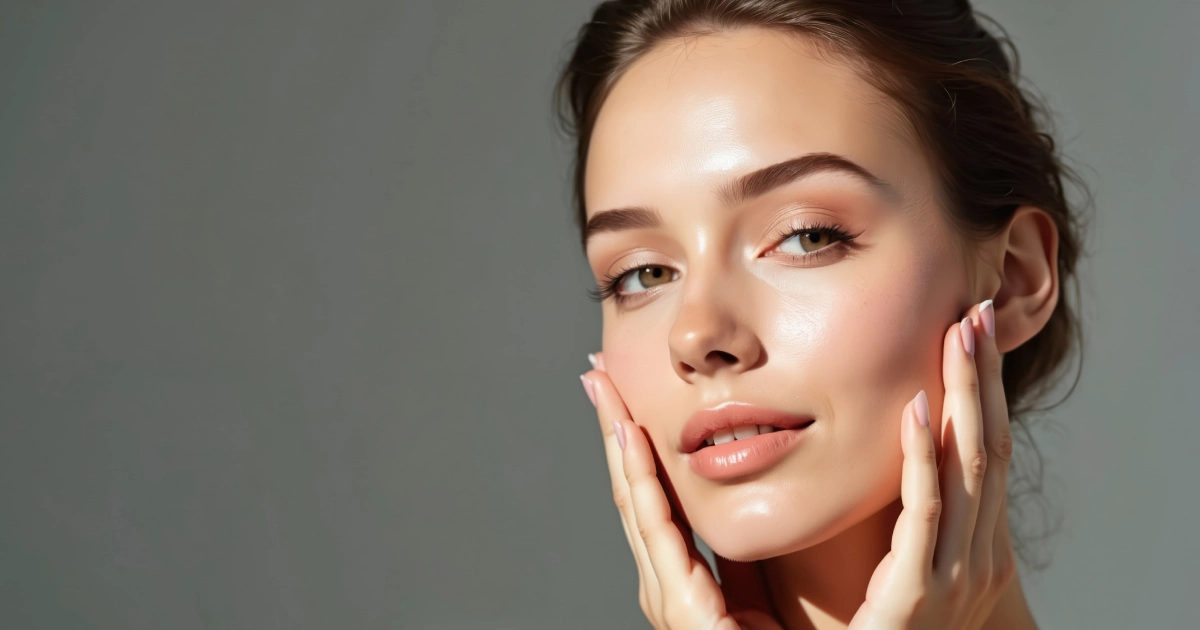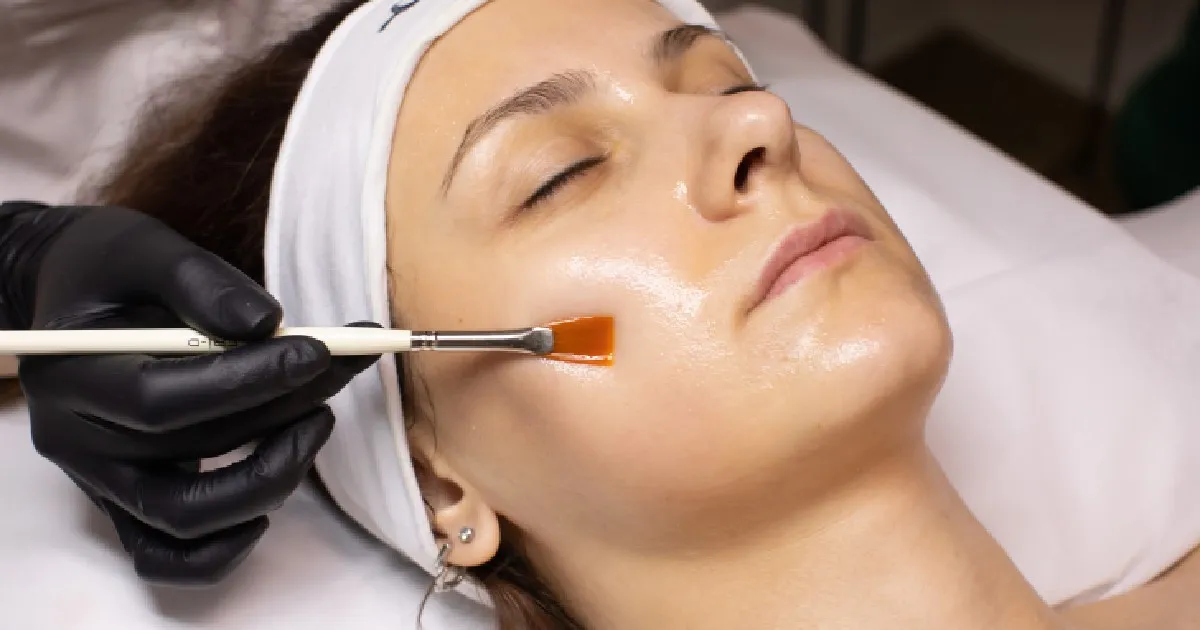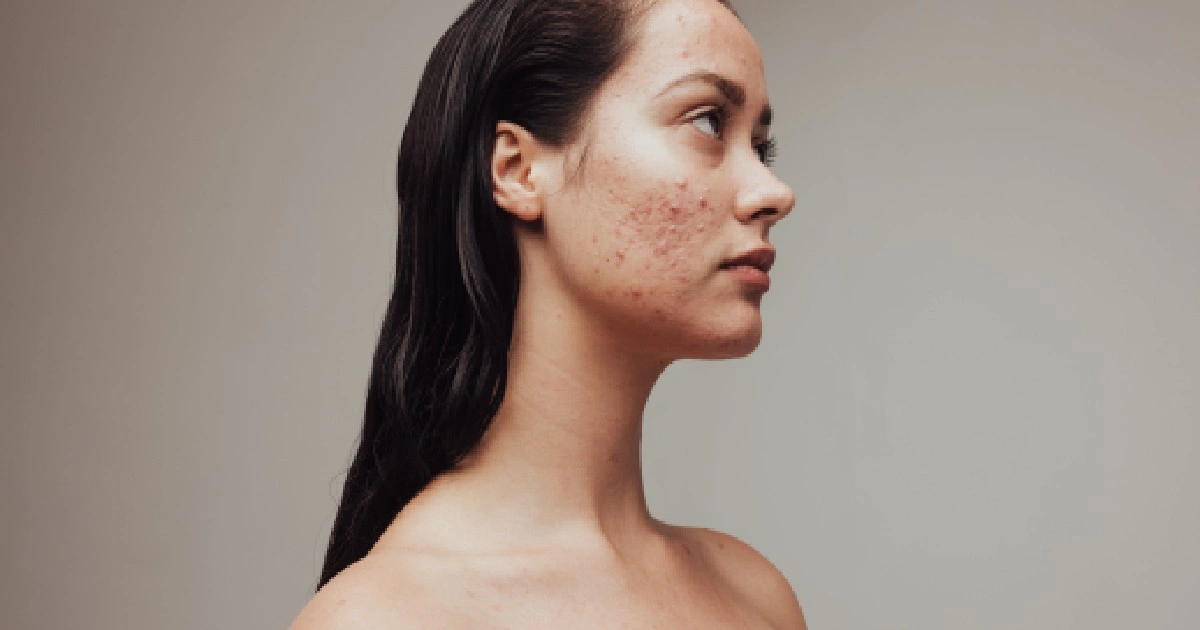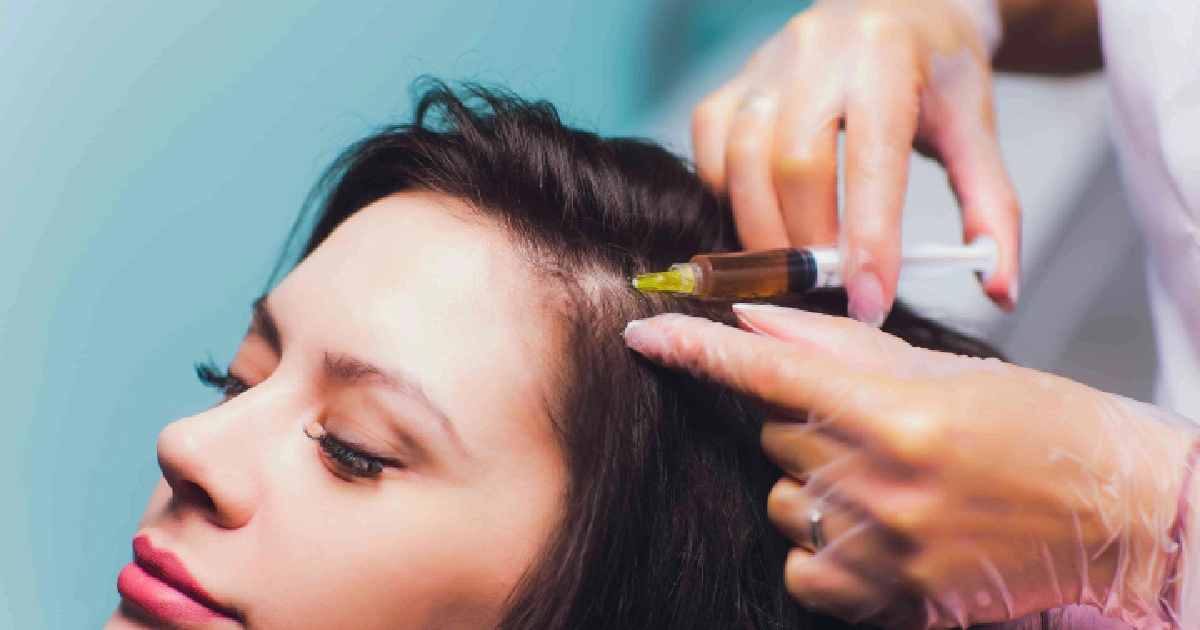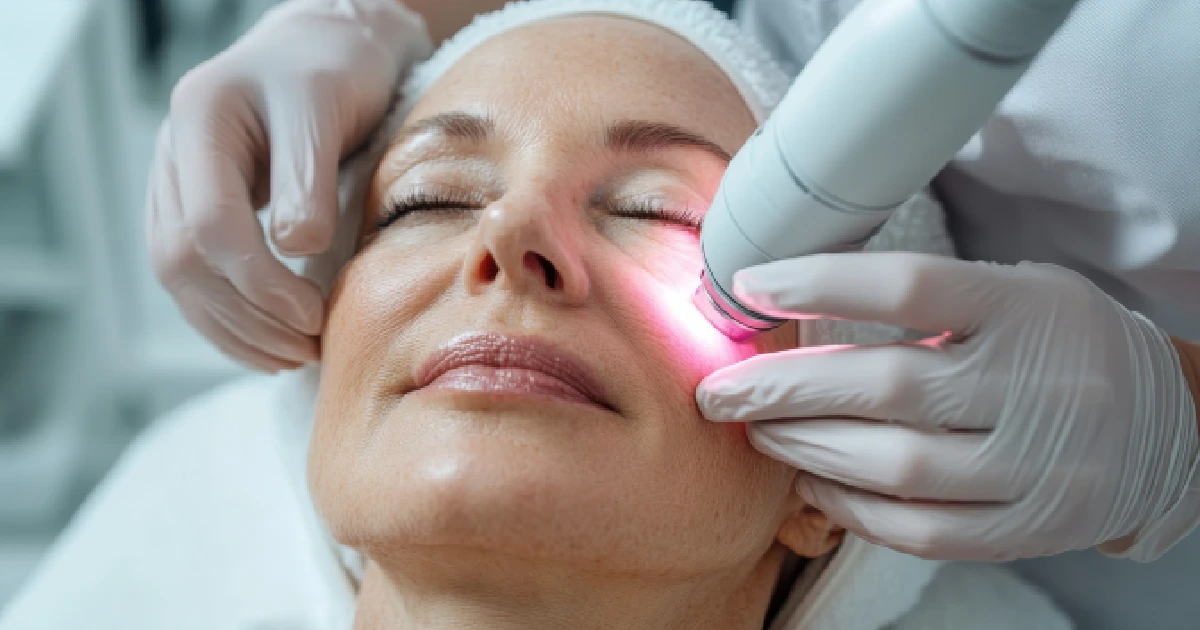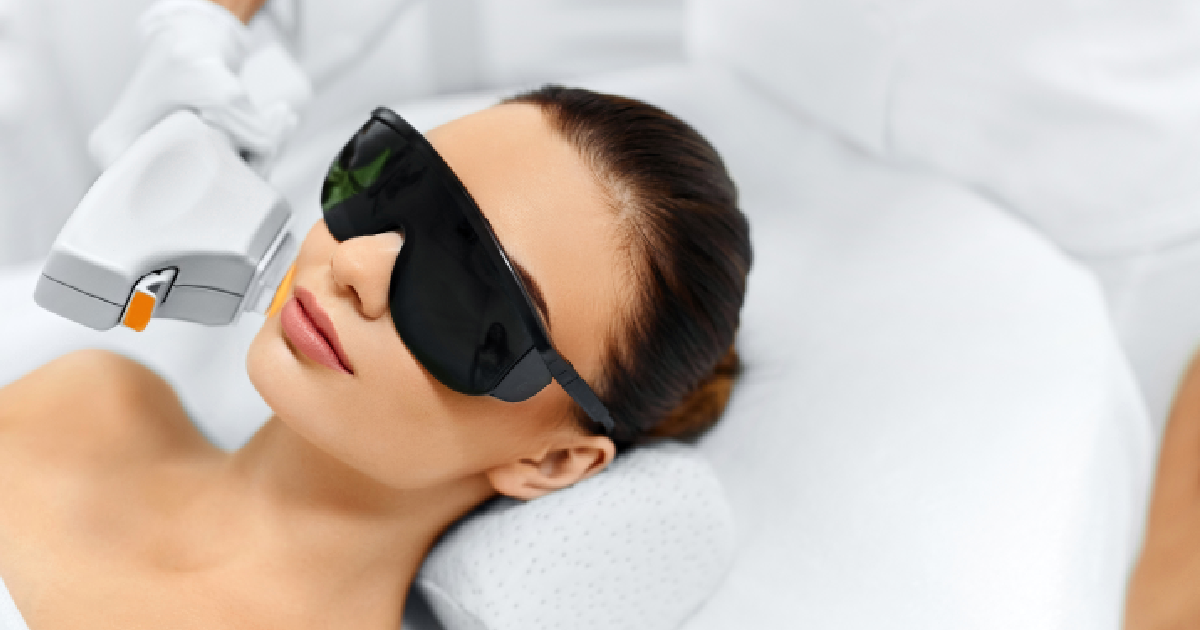Table of Contents
Scrolling through social media, it seems like everyone is talking about the latest “vampire facial” or PRP treatments that celebrities swear by for glowing skin. While the name might sound dramatic, the science behind Platelet-Rich Plasma therapy is actually quite fascinating and much less scary than it sounds. The treatment uses your body’s own healing mechanisms to address skin concerns ranging from acne scarring to fine lines and uneven texture.
What makes PRP particularly appealing to many people is that it’s not about introducing foreign substances into your skin. Instead, this treatment works with your body’s natural healing processes to stimulate renewal and regeneration from within. At Allure Dermatology, we’ve seen how understanding the real science behind PRP helps people make informed decisions about whether this treatment aligns with their skin goals.
The growing interest in PRP reflects a broader shift toward treatments that work with your body rather than against it. Rather than relying on harsh chemicals or invasive procedures, PRP offers a way to tap into your body’s existing repair mechanisms to achieve clearer, smoother, more youthful-looking skin.
How PRP Actually Works in Your Skin
PRP stands for Platelet-Rich Plasma, which sounds complex but is actually a straightforward process that concentrates your body’s natural healing components. Platelets are tiny cell fragments in your blood that rush to injury sites to promote healing and tissue repair. They’re packed with growth factors powerful proteins that signal your body to regenerate tissue, build new blood vessels, and produce collagen.
The Platelet Rich Plasma skin treatment starts with collecting a small blood sample, much like you’d have drawn for standard medical tests. Your blood sample is then loaded into a specialized machine called a centrifuge that rapidly rotates to divide your blood into its various parts. The centrifuge separates the platelet-rich plasma from red blood cells and other elements, creating a concentrated solution of healing factors.
What makes this treatment so effective is the concentration aspect. Normal blood contains about 200,000 platelets per microliter, but PRP contains 1-5 million platelets per microliter that’s up to 25 times the normal concentration of healing factors. When this concentrated solution is injected back into your skin, it creates a controlled healing response that stimulates collagen production, improves circulation, and promotes cellular regeneration.
The science behind PRP isn’t new it’s been used in orthopedic medicine and wound healing for decades. What’s relatively recent is its application in aesthetic medicine, where practitioners realized that the same healing mechanisms that help injuries recover could also rejuvenate aging or damaged skin.
This natural approach appeals to many people because they’re using their own biology to improve their appearance, rather than relying on synthetic materials or harsh chemicals that might cause reactions or require ongoing maintenance.
Why PRP Transforms More Than Just Surface Issues
While the concept sounds advanced, the results of PRP therapy are actually very practical. Patients often report seeing their skin look brighter, smoother, and healthier after treatment. Some of the most notable benefits of PRP include:
- Improved skin texture and tone: PRP encourages cell turnover, creating smoother skin over time.
- Reduction in fine lines and wrinkles: By stimulating collagen, the treatment helps soften early signs of aging.
- Treatment for acne scars: Many people choose PRP therapy for acne scars because it helps repair damaged tissue.
- Natural results: Since the procedure relies on your own blood, the enhancements appear subtle and genuine over time.
- Minimal downtime: Recovery is quick, with most people able to resume daily routines much sooner than after invasive treatments.
Put simply, PRP for skin rejuvenation is not about creating an artificial change it’s about restoring the skin’s ability to renew itself.
Who Can Benefit Most from PRP Therapy?
Not every skin treatment is right for everyone, but PRP is versatile enough to help a wide range of people. Ideal candidates often include:
- Adults noticing uneven skin texture or tone that skincare products alone can’t fix.
- People with lingering acne scars or pigmentation issues.
- Anyone starting to see fine lines or mild sagging but wanting to avoid invasive procedures.
- Individuals looking for natural improvements without synthetic fillers.
- Healthy adults with realistic expectations about gradual results.
If you’ve ever searched for PRP in Edinburg, TX or questioned whether it’s right for you, the best next step is to contact us at Allure Dermatology for a consultation where a trained professional can evaluate your skin and goals, helping you experience how PRP therapy can naturally and effectively rejuvenate your skin.
What to Expect from a PRP Session
For many, the thought of using their own blood for a cosmetic procedure can sound intimidating. In reality, the process is straightforward and surprisingly comfortable.
Before treatment:
You might be asked to pause blood-thinning supplements or medications for several days beforehand. Hydrating well beforehand helps ensure a smoother experience.
During treatment:
- A small blood sample is collected, much like a standard lab draw.
- That sample is processed in a centrifuge, which isolates the platelets from other blood components.
- The enriched PRP is then injected into targeted areas or applied topically with microneedling to boost absorption.
After treatment:
- Some mild swelling or redness is common for a day or two.
- Results are gradual most people notice changes in skin tone within 3–4 weeks, with optimal improvements at 2–3 months.
- To achieve long-lasting results, multiple sessions may be suggested based on your needs.
Unlike treatments that give instant but temporary changes, PRP builds healthier skin from the inside out, meaning results can last longer and look more natural.
Common Questions About PRP Therapy
How long do PRP results last?
Most clients enjoy improvements for 12–18 months, especially with proper skincare and sun protection. Maintenance sessions may be suggested once or twice a year.
Is PRP safe?
Yes. Since PRP comes from your own blood, the chance of an allergic response is very low compared to synthetic options. Most side effects are minor, usually limited to short-term redness or soreness at the injection site.
Can PRP treat other concerns besides skin?
Absolutely. While this guide focuses on PRP for skin texture and tone, PRP is also used in orthopedics for joint healing and even in hair restoration. Its versatility comes from the same growth factors that help the body repair itself.
Taking the Next Step Toward Healthier Skin
PRP offers something rare in cosmetic dermatology: a natural way to encourage the skin to heal and renew itself. From improving acne scars to brightening tired skin, it’s a treatment that blends science with the body’s own biology for results that look and feel authentic.
If you’re ready to learn how PRP could help you, now is the perfect time to take action. Book your PRP consultation today with Allure Dermatology in Edinburg, TX, and take the first step toward rejuvenated, healthier-looking skin.

